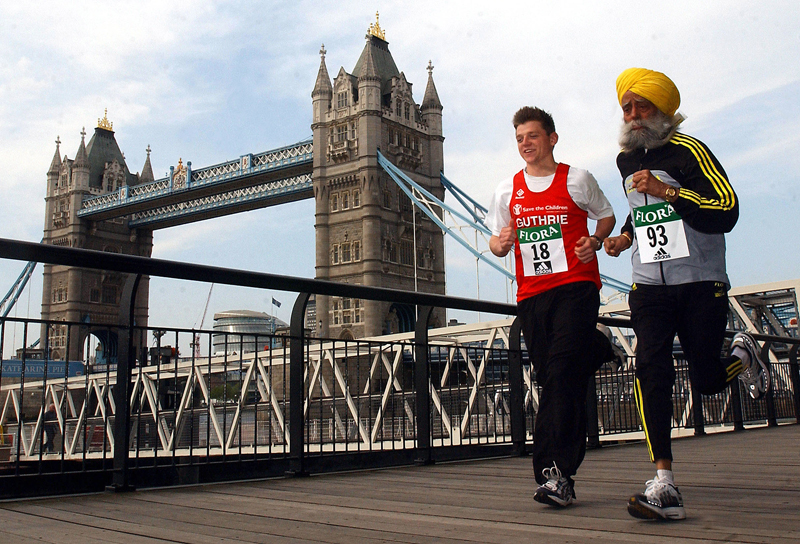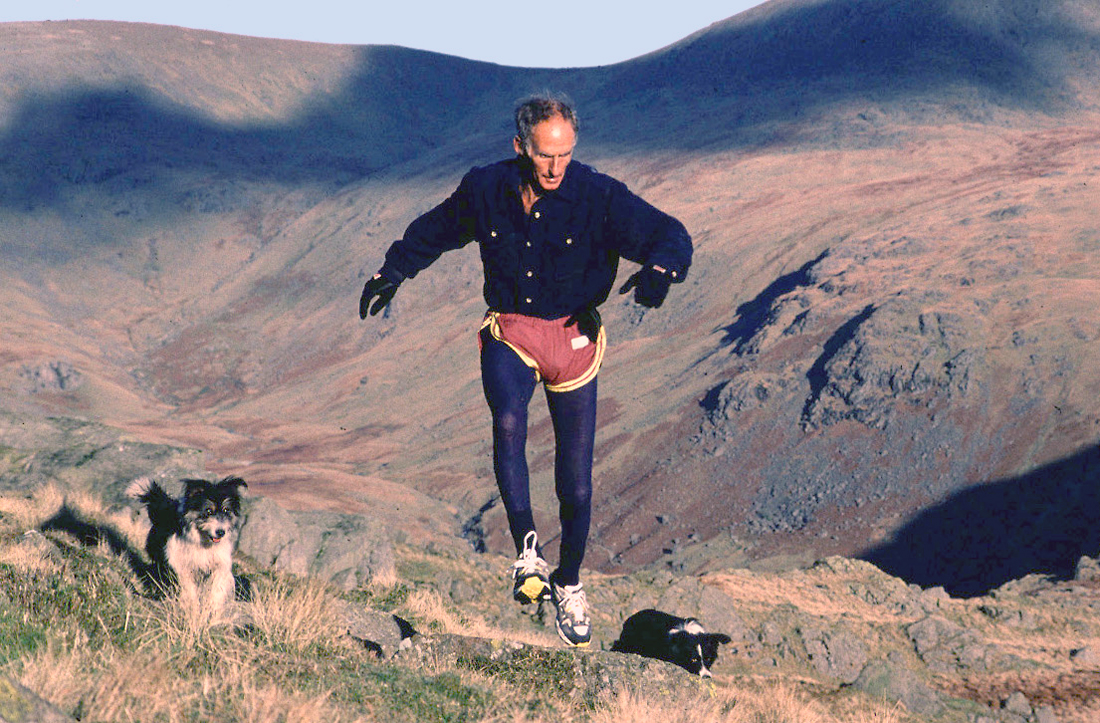The aging athlete: endurance or strength for younger muscles?

Even the most dedicated couch potato knows that exercise is good for health, but more recent research now shows that regular exercise can actually help slow down the biological aging process by improving cell replication function(1). Cell replication takes place constantly as our old cells become damaged and need replacing with healthy new cells. If these new cells are not ‘perfect’ copies of the original cells the risk of degenerative disease and loss of biological function starts to increase dramatically.
What intensity exercise is best?
So you almost certainly know that exercise is good for health and can even slow down the aging process. But how intense does that exercise need to be? There’s an oft repeated mantra from doctors and other health professionals that ‘gentle-moderate exercise is the kind recommended for health’ Intense or very vigorous exercise on the other hand still tends to be regarded much more as the preserve of the younger, highly-competitive sportsman or woman. It’s easy to see how this consensus has arisen; a number of studies have shown that 30 minutes of gentle-moderate exercise performed on most or all days of the week can result in a reduction in the risk of cardiovascular disease.
However, there’s a problem with this approach – there’s little evidence to suggest it’s correct! Several large studies have found that the rates of death from coronary heart disease (CHD) and all-cause mortality (rates of death from any condition) are lower among vigorously active individuals than among moderately active individuals. For example, in a nine-year study of 18,000 British civil servants, the CHD rate among office workers who took part in swimming, running and other vigorous activities was less than half the CHD rate of office workers who reported no vigorous exercise(2,3). This same pattern was observed in smokers, those with high blood pressure and those with a family history of CHD, suggesting that vigorous exercise exerts protection independent of other risk factors.
The Harvard Study
In a famous study known as the Harvard Alumni Health Study, the relationship between physical activity and heart disease was assessed at different time points in men who enrolled at Harvard University between 1916 and 1950. The early results showed that in the 17,000 men followed up for over 20 years, there was an inverse relationship between physical activity and all-cause mortality in(4). In other words, the less physical activity, the greater the rate of all-cause mortality. Importantly however, participation in non-vigorous (ie gentle-moderate) exercise was not associated with an increased lifespan. The researchers subsequently concluded that ‘a half hour of vigorous activity expends as much energy as moderate activity carried out for twice or three times as long – and it can provide greater heart health benefits(5).’
Another important study known as the ‘Health Professionals’ Follow-up Study’ tracked 44,500 health aged 40–75 years from 1986 to 1998(6). It found that the risk of coronary heart disease was reduced by 18% in those who walked 30 minutes per day but reduced by 42% in men who ran for one hour per week. Moreover, men who consistently engaged in any form of vigorous exercise enjoyed a 30% reduction in CHD risk compared to men who maintained a lower intensity of exercise.
Figure 1 shows data published in JAMA (Journal of the American Medical Association) and the relationship between physical fitness and cardiovascular mortality and between physical fitness and all-cause mortality(7). The ‘fitness quintiles’ numbered 1-5 rank fitness, with fitness quintile #1 being the lowest fitness bracket, fitness quintile #5 the highest, with the intermediate quintiles representing the 20% fitness brackets in between. You can see clearly that individuals with fitness levels in quintile 4-5 have by far the lowest risk of CHD and early death from any cause.
Figure 1: The risk of mortality from CHD and all causes ranked by fitness quintiles
You need to be logged in to continue reading.
Please register for limited access or take a 30-day risk-free trial of Sports Performance Bulletin to experience the full benefits of a subscription. TAKE A RISK-FREE TRIAL
TAKE A RISK-FREE TRIAL
Newsletter Sign Up
Testimonials
Dr. Alexandra Fandetti-Robin, Back & Body Chiropractic
Elspeth Cowell MSCh DpodM SRCh HCPC reg
William Hunter, Nuffield Health
Newsletter Sign Up
Coaches Testimonials
Dr. Alexandra Fandetti-Robin, Back & Body Chiropractic
Elspeth Cowell MSCh DpodM SRCh HCPC reg
William Hunter, Nuffield Health
Keep up with latest sports science research and apply it to maximize performance
Today you have the chance to join a group of athletes, and sports coaches/trainers who all have something special in common...
They use the latest research to improve performance for themselves and their clients - both athletes and sports teams - with help from global specialists in the fields of sports science, sports medicine and sports psychology.
They do this by reading Sports Performance Bulletin, an easy-to-digest but serious-minded journal dedicated to high performance sports. SPB offers a wealth of information and insight into the latest research, in an easily-accessible and understood format, along with a wealth of practical recommendations.
*includes 3 coaching manuals
Get Inspired
All the latest techniques and approaches
Sports Performance Bulletin helps dedicated endurance athletes improve their performance. Sense-checking the latest sports science research, and sourcing evidence and case studies to support findings, Sports Performance Bulletin turns proven insights into easily digestible practical advice. Supporting athletes, coaches and professionals who wish to ensure their guidance and programmes are kept right up to date and based on credible science.









